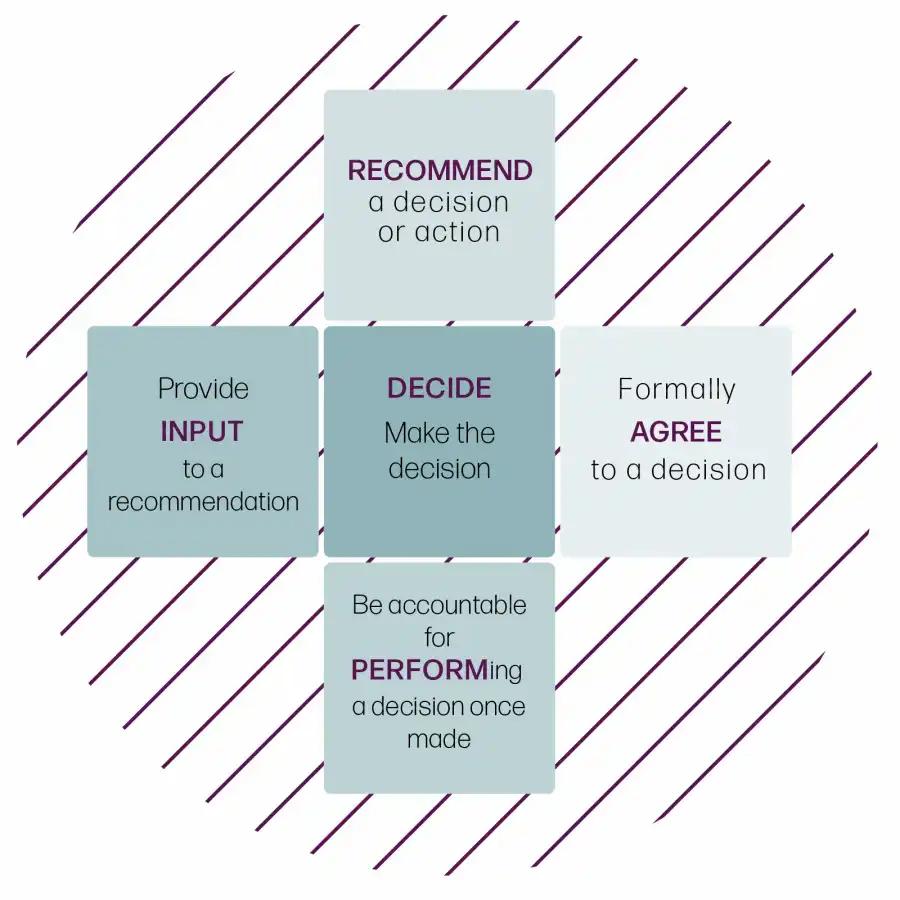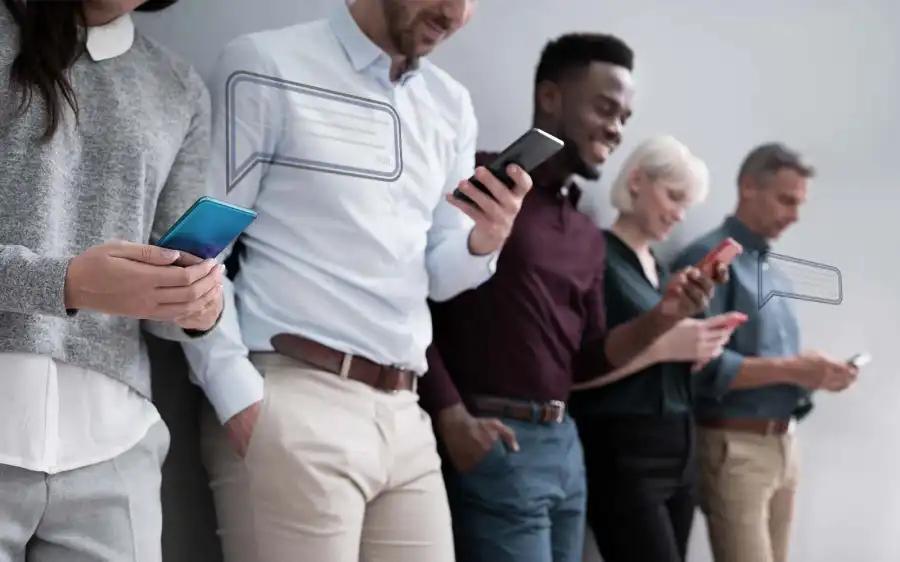Effective Group Decision-Making Techniques
Curated from: thoughtexchange.com
Ideas, facts & insights covering these topics:
7 ideas
·1.06K reads
13
Explore the World's Best Ideas
Join today and uncover 100+ curated journeys from 50+ topics. Unlock access to our mobile app with extensive features.
Group Decision-Making
When managed correctly, group decision-making—an inherently inclusive process—is one of the most successful ways to make effective decisions. It can help:
- Generate buy-in from stakeholders by involving them from the beginning
- Build consensus by inclusively considering the pros and cons of each option
- Encourage workplace creativity by surfacing ideas from any individual or team, not just leadership or internal subject matter experts
- Create more favorable business outcomes by sharing decision-making responsibilities with everyone.
40
309 reads
Disadvantages of Group Decision-Making
If managed incorrectly, group decision-making can result in poor business outcomes. A flawed group decision-making facilitation process might:
- Trivialize or replace high-priority tasks with lower priority tasks, resulting in collective procrastination
- Diffuse accountability throughout the entire group, thereby avoiding responsibility for poor outcomes
- Create inefficient groups that struggle to focus on the big picture and go off on tangents
- Contribute to “groupthink” where group members reach a consensus without critically evaluating alternative viewpoints.
37
168 reads
The RAPID Framework
- Bain and Company’s RAPID Decision-Making Model can help organizations make better decisions when multiple stakeholders are involved. RAPID clarifies decision accountability.
- Each letter in the word RAPID signifies a group member’s role during the decision-making process. According to Bain and Company, when roles are clearly delineated in this way, groups make the right choices swiftly and effectively.
- It’s important to note that not every decision merits the level of effort and investment that goes into creating explicit RAPID roles. Nonetheless, RAPID is a useful framework for larger decisions.
45
168 reads
The Nominal Group Technique
The Nominal Group Technique (NGT) relies on a moderator who records ideas produced during a group or individual brainstorming session. Group members discuss their ideas with the moderator, who compiles a list of all the ideas.
Participants or a panel of decision-makers then vote using index cards numbered one through five. The numbers correspond to the priority the idea should receive. The votes are then calculated and ideas pursued in order of the priority score they received.
37
112 reads
The Delphi Technique
The Delphi Technique is similar to NGT but instead of in-person discussion, it relies on questionnaires to gather information and insights from a group of anonymous individuals.
The questionnaires are delivered in rounds and the questions in each round are determined by the responses from the round before. Starting in the second round, participants rank the ideas presented by order of priority. The questions grow progressively more focused on a small subset of ideas on which the leaders make a decision.
35
104 reads
Decision-Engineering Process
- Frame the decision. Framing a decision sets the overall context. To do this effectively, leaders should critically examine the overall issue they face.
- Generating alternatives. Once leaders have framed the problem and understood the context, they should determine alternative solutions. The more options generated, the greater the team’s likelihood of uncovering an innovative solution. I
- Decide the course of action. When enough alternatives are created, the process of group decision-making can finally begin.
37
95 reads
Improving the Group Decision-Making Process
- Involve all employees.
- Keep it anonymous. If employees feel that their responses can identify them, they are more likely to withhold their true opinions due to fear of retribution.
- Beware of non-proven techniques. Some methods of conducting group decision-making create barriers to effective, efficient, and objective decisions.
- Share collective responsibility for the outcome. All members should feel accountable for the decision and its outcome.
38
105 reads
IDEAS CURATED BY
We spend most of our time with work teammates. It makes sense to be better teammates ourselves. I read and stash about that.
Emersyn Z.'s ideas are part of this journey:
Learn more about teamwork with this collection
How to handle and learn from mistakes
The benefits of psychological safety in a workplace
The importance of empathy and active listening
Related collections
Similar ideas
4 ideas
Untangling your organization's decision making
mckinsey.com
13 ideas
7 ideas
Effective Decision Making | SkillsYouNeed
skillsyouneed.com
Read & Learn
20x Faster
without
deepstash
with
deepstash
with
deepstash
Personalized microlearning
—
100+ Learning Journeys
—
Access to 200,000+ ideas
—
Access to the mobile app
—
Unlimited idea saving
—
—
Unlimited history
—
—
Unlimited listening to ideas
—
—
Downloading & offline access
—
—
Supercharge your mind with one idea per day
Enter your email and spend 1 minute every day to learn something new.
I agree to receive email updates




